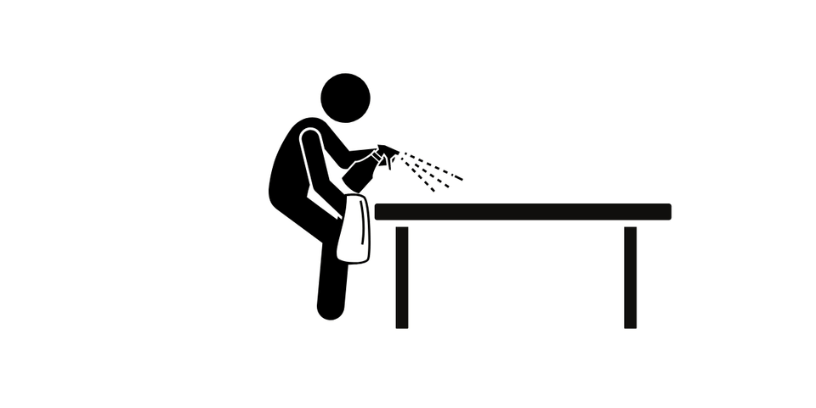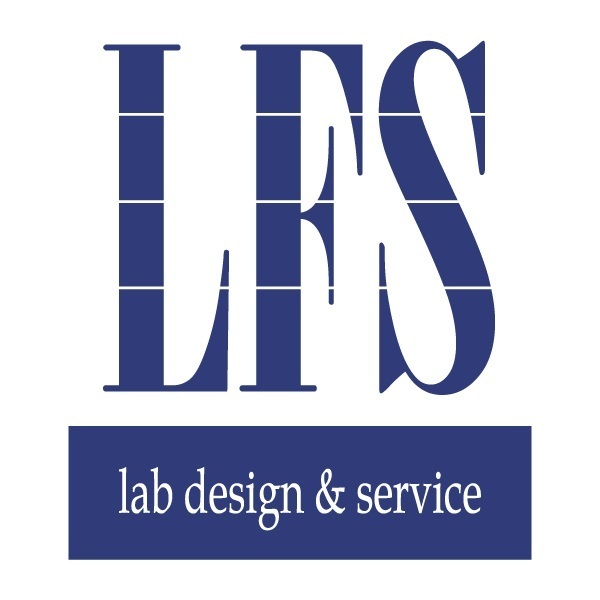
Laboratory table cleaning is essential to maintaining job performance and integrity. This is simply because no one wants to let dirt or residue contaminate the lab’s future projects.
Mục lục
Cleaning the lab table general rule
The lab table is the most used equipment, so keeping it clean is very important.
Here are our eight tips for keeping your lab bench clean and keeping your workspace productive and safe:
- Perform scheduled cleaning periodically.
- Avoid using harsh chemicals.
- Use a light cloth to clean the workbench.
- Do not let water stand on the desk.
- Check the humidity level and adjust if necessary.
- Do not allow stains to accumulate on the surface.
- Disinfect frequently touched worktops.
- Maintain personal hygiene, including frequent hand washing.
See also: When to replace the lab tabletop.
Perform periodic cleaning of the laboratory table according to the schedule.
A frequently asked question by laboratory staff is: When should lab benches be cleaned and disinfected?
Here the answer may vary depending on the specific work of the laboratory. But generally, the most important thing is to follow the cleaning schedule to ensure the lab table is always in the best condition. Or you can perform daily cleaning of the laboratory table after working hours.
For example, if your lab produces pharmaceutical products, where sterility must always be guaranteed, employees may need to clean the workspace more often.
Do not use harsh chemicals when cleaning the laboratory table.
Periodic cleaning of the lab bench requires heat, but improper cleaning will also harm your lab bench. Strong cleaning chemicals should not be used as they break the materials that make up the laboratory bench. Cleaning agents such as acids, paint removers, or strong chlorinated solvents can damage the surfaces of lab benches as well as weaken their protective abilities.
To be sure, read the manufacturer’s cleaning instructions carefully. However, water and dish soap or ammonia-based cleaners are safe for everyday cleaning. Avoid using glass cleaners as they can leave a build-up on the countertop. If your lab table is accidentally exposed to solid detergents, rinse the surface with water.
Remember that your application matters. If the lab bench is used in the food industry, you may need a commercially certified, food-safe cleaner.
Alternatively, you can sometimes use a diluted solution of household bleach to disinfect lab bench surfaces. The recommended disinfection ratio is 1:100, which means for each gallon of water, use five tablespoons of bleach solution. However, check with the bench manufacturer to determine which cleaners are safe for your lab bench material.
Use a soft cloth to clean.
Get rid of that piece of steel wool. While you know, it can get the job done and remove any stains or substances on your lab bench; it can cause significant damage after use.
When cleaning lab workbenches, never use tools that could damage the surface. This includes avoiding using steel wool, wire brushes, or sharp-edged scraping tools.
Instead, use a soft, exemplary, or microfiber cloth on the surface.
Do not let water stand on the test table.
If there is a spill, spill water on the tabletop after completing the experimental work should be solved immediately. Standing water on the countertop can damage the surface of the lab table.
Materials such as phenolic laminate, epoxy resin with good water and moisture resistance, and stainless steel are often used for lab benches and around sinks where there is a lot of exposure to water and high humidity.
It’s generally best to clean up any spills as they appear.
Consider the humidity in the laboratory.
Humidity in the laboratory environment is significant. While labs can experience occasional spills, you should consider the possibility that liquid or moisture could enter the lab workbench.
If the working room has high humidity, problems such as bacteria, mold, and dirt can hide. This affects the integrity and cleanliness of the workroom, possibly causing cross-contamination.
Therefore, laboratories that create high-humidity environments often use stainless steel test benches and accessories. Stainless steel is made of low-carbon steel with a combination of chromium and nickel for enhanced rust and corrosion resistance ideal choice for high-temperature environments.
Do not let stains exist forever.
Immediate treatment of stains is essential to protect laboratory worktops. Some fluids can fester and cause severe damage to the surface. If not treated in time, stains can cause permanent damage, leading to the need to replace part of the laboratory table.
However, the treatment for stains often depends on the material of the workbench. Refer to the manufacturer’s instructions for the correct stain treatment, as different countertops may require other detergents or stain treatment procedures.
For example, steam cleaning an epoxy worktop can help remove some stains, while a damp microfiber cloth and standard household cleaners can remove many surface stains. Solid material work.
Hard water stains can also be a nuisance in many cases. Gel “Viakal” can remove hard water stains on solid worktop surfaces. For phenolic resin surfaces, substances such as acetone, spirits, or isopropyl alcohol are safe to clean.
Disinfect frequently touched items.
Disinfecting items Disinfecting frequently touched items is also a good tip for maintaining a clean work environment. Items that often come into contact with the desk should be paid attention to, including:
- smartphone
- Light switch
- Hand tools and laboratory equipment
- Containers and trays for utensils
- Drawer handles
- Seat back, handle
- Chemical bottles and bottles
- Laboratory door
Items on the lab table can become a carrier of bacteria and dirt onto the workbench surface. Therefore, disinfecting these tools and items also needs to be done regularly.
Although table teeth are our main space, we should not ignore cleaning tools and other items commonly used on the laboratory table. By regular disinfection, we can maintain a clean and safe work environment. Especially for environments with a high level of disinfection, a clear identification of equipment that comes into contact during work will enable the cleaning unit to be properly disinfected and cleaned.
The benefits of hosted solutions should not be overlooked.
You must maximize your storage solutions to maintain a clean workspace. Adding extra storage space will help maintain an organized and clean work environment.
Here are a few suggestions from Indochina LFS for more storage solutions for lab benches:
- Hanging cabinets, mobile cabinets under the table
- Shelves for chemicals and tools on the tabletop
- Wall-mounted cabinets
- The CPU holder can be fixed or adjustable.
For more information about our lab table, please refer to our article: All about lab benches: Everything you need to know.






